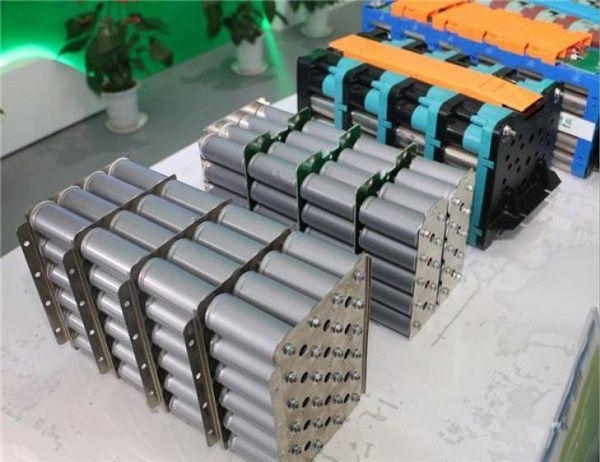Ternary lithium batteries and lithium iron phosphate (LiFePO4) batteries are two common types of lithium-ion batteries with different chemistries and characteristics.
- Chemical Composition:
- Ternary Lithium Batteries: Ternary batteries typically use a cathode with a combination of nickel, cobalt, and manganese. Common ternary chemistries include NMC (Nickel Manganese Cobalt) and NCA (Nickel Cobalt Aluminum).
- LiFePO4 Batteries: Lithium iron phosphate batteries use iron phosphate as the cathode material.
- Voltage:
- Ternary Lithium Batteries: Typically have a higher nominal voltage per cell, usually around 3.7 volts.
- LiFePO4 Batteries: Have a lower nominal voltage per cell, usually around 3.2 volts. This can affect the overall pack voltage for a given number of cells.
- Energy Density:
- Ternary Lithium Batteries: Tend to have higher energy density, providing more energy storage capacity in a given volume or weight.
- LiFePO4 Batteries: Generally have a lower energy density compared to ternary batteries. This means they may be bulkier or heavier for a given energy capacity.
- Cycle Life:
- Ternary Lithium Batteries: Typically have a slightly lower cycle life compared to LiFePO4 batteries. They may experience more capacity degradation over a large number of charge-discharge cycles.
- LiFePO4 Batteries: Known for their excellent cycle life and are often chosen for applications where long life and durability are critical.
- Temperature Performance:
- Ternary Lithium Batteries: Tend to have better performance at higher temperatures but may be more sensitive to overcharging and thermal runaway.
- LiFePO4 Batteries: Have better thermal stability and are less prone to overheating, making them a safer option, especially in high-temperature environments.
- Safety:
- Ternary Lithium Batteries: While they offer good performance, some ternary chemistries can be more prone to thermal runaway and safety issues compared to LiFePO4 batteries.
- LiFePO4 Batteries: Are considered safer due to the more stable chemistry, making them less prone to thermal runaway and fire hazards.
- Cost:
- Ternary Lithium Batteries: Ternary batteries are generally more expensive to produce compared to LiFePO4 batteries, primarily due to the cost of materials like cobalt.
- LiFePO4 Batteries: Tend to be more cost-effective, making them a popular choice for applications where cost is a significant factor.
The choice between ternary lithium batteries and LiFePO4 batteries depends on the specific requirements of the application, considering factors such as energy density, cycle life, safety, cost, and temperature performance. Each chemistry has its advantages and trade-offs, making them suitable for different use cases.


